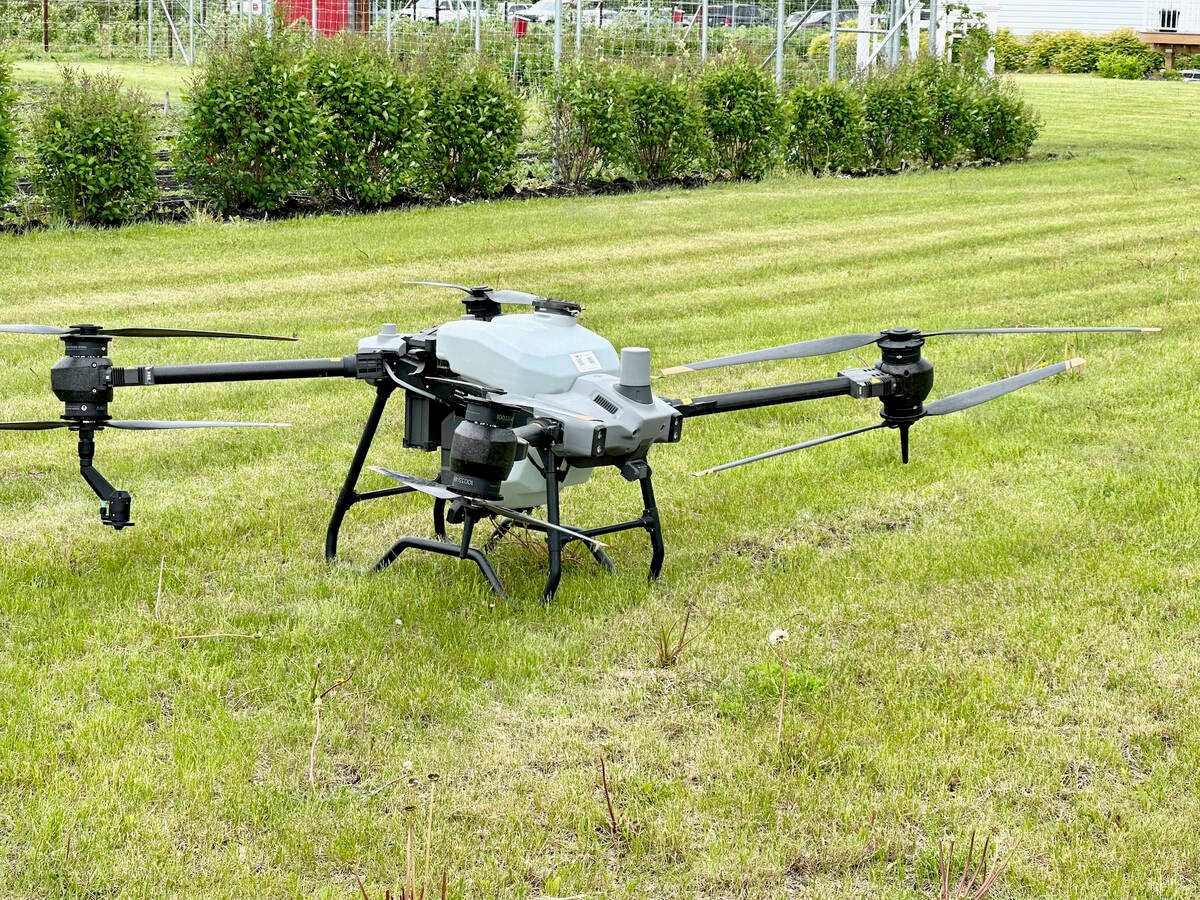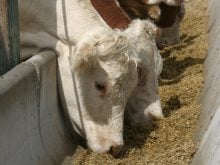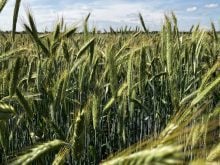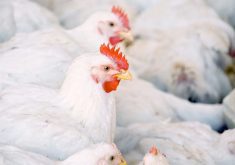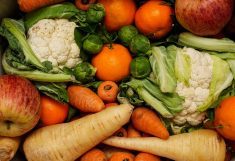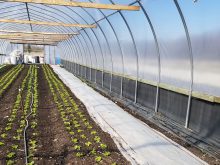Glacier FarmMedia – One month after the Canadian government’s Red Tape Review was released, the Canadian Food Inspection Agency has decided on a few regulatory changes for the agricultural sector.
Announced Oct. 8, seven changes will be made to the Health of Animals Regulations and the Safe Food for Canadians Regulations. The reduction of red tape across Canada’s regulations and bureaucracy was called for by prime minister Mark Carney this summer.
WHY IT MATTERS: Canadian farmers have been calling for a more nimble regulatory system for years.
Read Also

Equipment manufacturing may return to Canada
Some ag equipment and automotive manufacturers are now adjusting their production and distribution to avoid tariff costs in relation to supplying the Canadian market.
The review was intended to look into aspects of the regulatory system across all sectors and address issues such as duplication or overlap with other jurisdictions, outdated requirements and inefficient and complicated processes.
The changes fall into the latter promise of removing certain prescriptive requirements, increasing flexibility and efficiency, and “levelling the playing field,” the government has said.
The seven changes are:
- Fresh fruit and vegetables no longer require prescriptive labels.
- Traceability labelling requirements for hatching eggs and chicks are reduced to align with current industry practices.
- Produce intended for further processing, manufacturing or preserving is exempt from mandatory grading requirements.
- Import requirements for veal producers will be revamped to let them optimize product value.
- Fresh fruit and vegetable grade standards will be managed by the Fruit and Vegetable Dispute Resolution Corp. to more effectively meet industry needs.
- Updates to animal import rules will be made easier and more efficient to align with international standards or new science.
- There will be required testing for Salmonella enteritidis on hatching eggs imported from the United States to licensed Canadian hatcheries.
Cautious optimism
Industry groups described the changes as a positive first step, but they’re waiting for more.
“(We) see this as one step in an ongoing process of regulatory modernization to ensure we’re building a regulatory regime that better serves a competitive agri-food industry, while maintaining the strength and rigour of Canada’s world-leading health and safety regulations,” the Canadian Federation of Agriculture said in a statement.
The Agricultural Producers Association of Saskatchewan and Keystone Agricultural Producers in Manitoba built on those sentiments.
APAS president Bill Prybylski said these kinds of increased efficiencies need to come to both the grain industry and livestock industries.
He cited the approval process for pesticides, fungicides, livestock medications and feed supplements in United States, compared to the slower timeline often seen in Canada.
That’s been a consistent frustration for Canadian farmers and the agriculture industry.
“If the EPA (U.S. Environmental Protection Agency) has done their due diligence, which we would assume that they have, and have approved a product for use in the States, being a trusted jurisdiction, there needs to be a way to speed up the approval process of bringing those products for use into Canada,” Prybylski said.
He was hopeful the momentum of the changes continues because government and Canadians recognize their impact.
“Once they recognize that, you know, making some simple little changes like this is not in any way jeopardizing the health and safety of the food that we produce, but that it’s just making it easier for producers to do the things that they need to do, and getting a safe, healthy food out to consumers,” he said.
KAP said that it will be continuing to review these and future changes, but added that all government should review their policies.
“KAP supports the reduction of burdensome red tape that stifles the ability of Manitoba producers to prosper,” Colin Hornby, KAP’s general manager, said in an email.
“We strongly urge all levels of government to prioritize the streamlining of their respective regulatory environments for the benefit of all of agriculture.”


